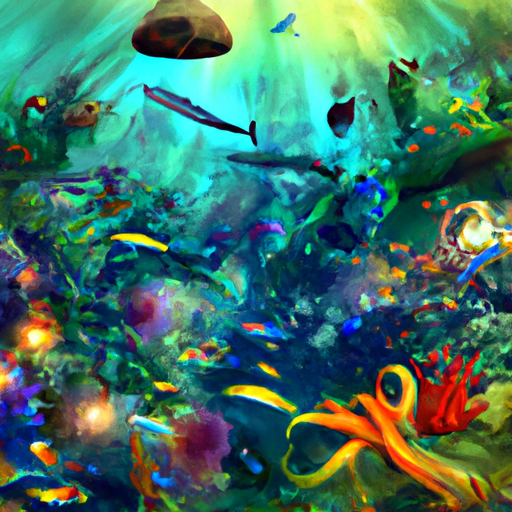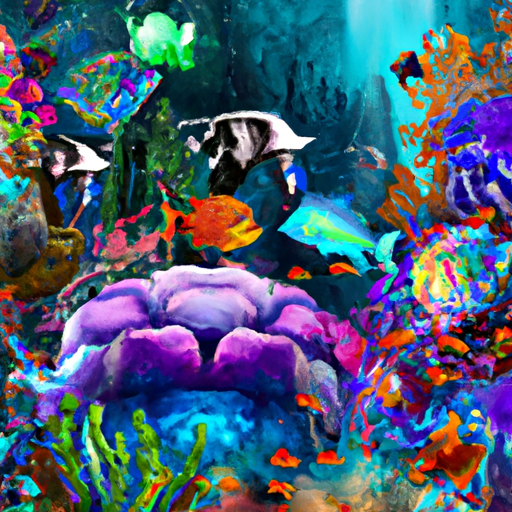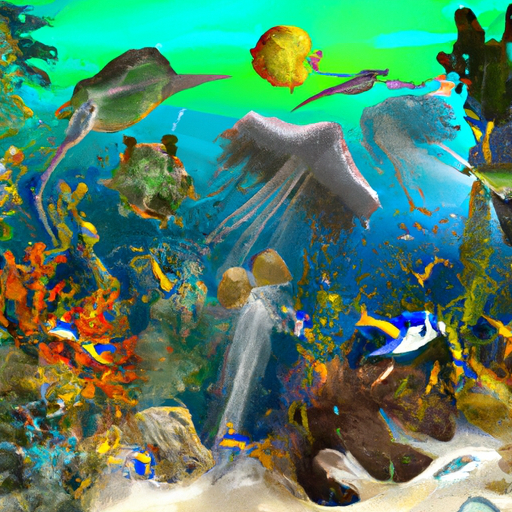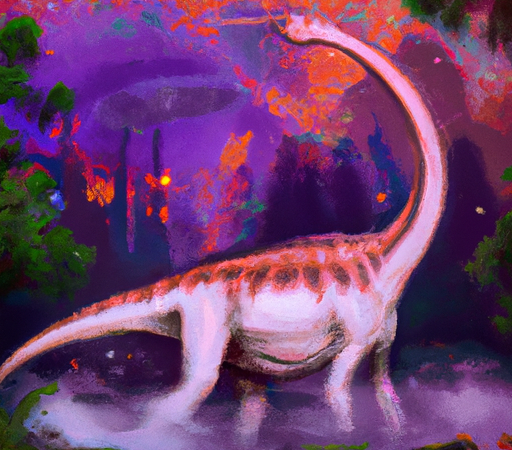Wonders of the Deep: Unveiling the Secrets of Marine Wildlife

Wonders of the Deep: Unveiling the Secrets of Marine Wildlife
The world's oceans are vast, mysterious, and teeming with life. Hidden beneath their shimmering surfaces lies a realm of unparalleled beauty and complexity. From the tiniest of plankton to the largest of whales, the depths of the ocean harbor a diverse array of marine wildlife that continues to captivate scientists and nature enthusiasts alike.

One of the most intriguing aspects of marine life is its sheer variety. The ocean is home to an estimated 230,000 known species, with scientists estimating that millions more are yet to be discovered. From colorful coral reefs to the darkest abyssal plains, each underwater habitat is unique, offering refuge to an astonishing range of creatures. Whether it's the vibrant hues of tropical fish darting among coral formations or the graceful movements of majestic sea turtles, the underwater world is a spectacle that cannot be replicated on land.
But beyond their mesmerizing beauty, marine animals possess a range of remarkable adaptations that enable them to thrive in their watery environment. Take, for example, the unique respiratory system of dolphins and whales. They are mammals, like us, but have evolved to live underwater. Instead of breathing air through nostrils, they have blowholes on top of their heads, allowing them to take quick breaths at the surface before diving back into the depths. Similarly, creatures like the anglerfish have developed bioluminescent lures to attract prey in the deep, dark waters where sunlight cannot penetrate.
Even more astonishing are the incredible migratory patterns of marine animals. Take, for instance, the awe-inspiring journey of the humpback whale. These gentle giants traverse thousands of miles each year, embarking on an epic migration from their feeding grounds in polar waters to their breeding sites in warmer tropical seas. Along the way, they face countless challenges, yet their ancient instinct drives them forward, a testament to the marvels of nature and the lengths to which creatures will go to survive and thrive.

Studying marine wildlife is not solely about marveling at their beauty or understanding their adaptations; it is also crucial for the conservation and preservation of these fragile ecosystems. The oceans are not immune to the threats facing our planet, such as pollution, climate change, and overfishing. By researching and studying marine creatures, scientists can gain a deeper understanding of their behavior, habitats, and ecological roles, leading to informed conservation efforts that can ensure the survival of these wonders of the deep for generations to come.
Fortunately, technological advancements have made it possible for us to delve further into the mysteries of the ocean than ever before. Sophisticated imaging tools, underwater drones, and remote-controlled submersibles allow scientists to explore the deepest reaches of the ocean and observe marine wildlife in their natural habitats without causing harm or disturbance. These tools have opened up a world of possibilities, revealing species and behaviors that were once unfathomable.
As we continue to explore the wonders of the deep, we must remember that the ocean is a fragile ecosystem, easily disrupted by human activities. It is our responsibility to protect and preserve these delicate habitats, ensuring the continued existence of the colorful reefs, the majestic whales, and the myriad of marine creatures that call them home.
In the world beneath the waves, secrets still abound, inviting us to unravel the mysteries of marine wildlife. The wonders of the deep have the power to inspire, educate, and ignite our curiosity. By unveiling these secrets, we gain a deeper appreciation for our connection to the natural world and a renewed commitment to safeguarding the splendor that lies beneath the sea.






